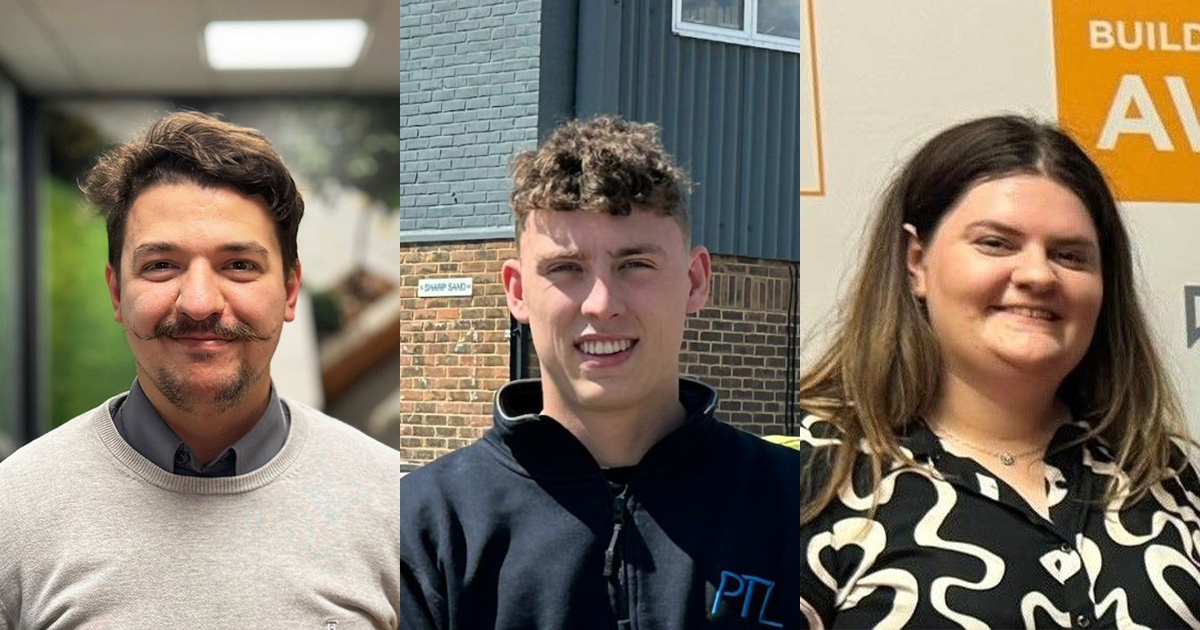See how VELUX are building for a sustainable tomorrow
The global conversation about environmental sustainability and the urgent need to combat climate change has given rise to the concept of ‘green collar’ jobs. These jobs play a pivotal role in realising our ambitions as a nation and as a planet to shift towards a more sustainable future. They encompass a wide range of professions, from experts in sustainable transportation and green finance to heating engineers transitioning from installing gas boilers to heat pumps.
It’s important to note that green jobs are not entirely new vocations but rather a transformation of our existing and future workforce as they acquire new skills to meet the demands of the net-zero transition. In essence, green jobs are the jobs of the future.
To make this transition successful, we must establish the necessary learning and training infrastructure. However, this doesn’t operate in isolation; it’s an integral part of workplace training, college curricula, and professional standards. What truly propels this transformation is the demand from industry, which, in turn, is driven by the expectations of customers. At a government level therefore, it is important that we
Predicting the exact nature of these skills can be challenging. What will the houses of the future look like? Which materials will dominate new construction? Will there be mandates for retrofitting existing buildings? Will timber or other materials take precedence? Will certain construction methods become obsolete? Is offsite construction the way forward? Regardless of the answers, what’s crucial is a demand-driven certainty that allows industries to make long-term investments in their future workforce.
Leading by Example: Living Places
At VELUX, we are actively contributing, in our own way, to shaping this sustainable future. In 2020, we launched our 2030 sustainability strategy with ambitious targets to dramatically reduce both our own carbon emissions and those of our entire value chain. A core component of our strategy is to show others how to build sustainably.
Our founder, Villum Kann Rasmusen, once said that “one experiment is better than a thousand expert opinions.” Staying true to this philosophy, we collaborated with our design and engineering partners to create a concept called Living Places, a prototype village in Copenhagen. These homes were built using 3x less embodied carbon than a typical Danish home, and estimated to be 6x lower than a typical British house.
These homes are designed to the ActiveHouse standard, which harmonises indoor comfort with environmental impact and energy efficiency. What sets these homes apart is that they are constructed from readily available, everyday materials sourced from local builders’ merchants. Moreover, they are designed for easy disassembly, repair, replacement, or recycling.
Living Places Copenhagen will be open to visit until September 2024 or you can take a virtual tour and find out more at buildforlife.velux.com.
Neil Freshwater, Public Affairs Manager, VELUX GB & Ireland, neil.freshwater@velux.co.uk




